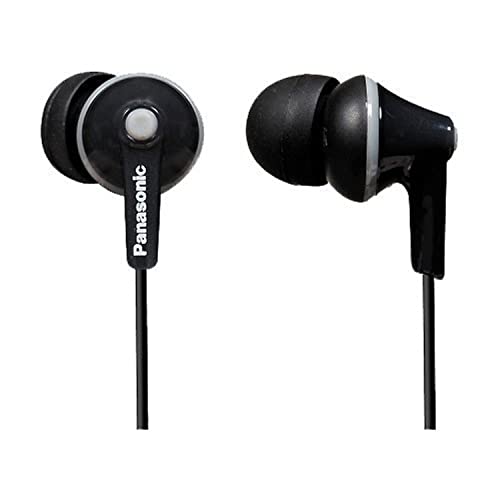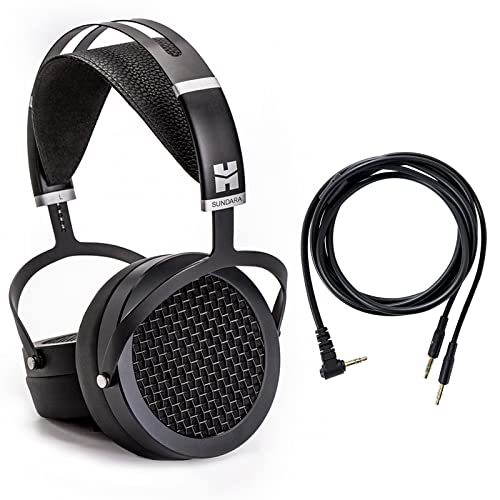10 Signs To Watch For To Know Before You Buy Headphones
페이지 정보

본문
 How to Choose the Best Headphones
How to Choose the Best Headphones Headphones allow you to listen to music without causing disturbance to other people. However, Headphones for Tv with all the choices available, it can be hard to decide on the right pair for you.
Headphones allow you to listen to music without causing disturbance to other people. However, Headphones for Tv with all the choices available, it can be hard to decide on the right pair for you.Studies have proven that listening music at work can increase productivity. Additionally, headphones can aid in focusing by removing distractions.
Comfort
It is essential to have headphones that you can wear for a long period of time. Headphones that fit too tightly can cause discomfort around the head or inside the ears, particularly when used for prolonged gaming sessions.
The degree of comfort may depend on the shape and size of the head, which is why it is crucial to try them on before you buy them. If you are unable to test the headphones in person, check out the return policy of the retailer you purchased them from. Many retailers offer hassle free returns and exchanges on products purchased online.
Comfortable headphones are usually ones that have plenty of padding and materials that are soft to the touch. The padding is essential for headphones that rest on your head and ear. It helps to distribute pressure evenly. We seek padding that is dense, thick and soft, as well with a uniformly smooth. Pads covered with soft and breathable velour faux leather, or microfibre have a higher chance of being comfortable than pads made of mesh fabric, plastic, or foam.
The fitting of the earcups around the ears is also crucial. Fixed ear cups can cause discomfort in this region, as they can exert a rigid and unnatural clamping force. This can lead to fatigue and pain after prolonged use. The most comfortable earcup design allows the pads to move vertically and laterally on the ears. This allows them to have some flexibility.
Avoid wearing headphones that are too tight on the head because they can cause headaches. This could be due to the weight of the headphones hitting the scalp or the tightness of the headband. It can be caused by poorly designed ear cups which are not positioned correctly. Also, headphones with no padding can be uncomfortable after a long period of use because the padding gets worn down or moves around.
Noise-Cancelling
If you're serious about headphones for listening to audiobooks, music as well as podcasts and shows, making calls or focusing at work, noise cancellation is the way to go. These headphones use well designed ear cups to seal out background noise and are available in both over-ear and in-ear (aka earbuds) options. They come with built-in microphones that allow you to talk to other users, too.
The ability of headphones to cancel out noise are based on two technologies that work in different ways. They are passive noise isolation and noise cancellation. Both technologies can reduce background noise, however each has its own benefits and disadvantages.
The most well-known type of noise cancellation is passive noise isolation, which is the creation of a physical barrier to block out external noise. You've probably seen those large, bulky headphones that wrap around your ears and include padding to block out surrounding noise. They don't provide the same flexibility, however they do require that you don't remove the headphones to hear what's happening around you.
Noise-canceling headphones for over-ear and in-ear headphones are more difficult due to the fact that the technology has to be integrated into the ear cups and the electronics. Noise-canceling headphones include processors and microphones that can monitor the surrounding environment using onboard sensors. The microphones listen for sounds and analyze them with onboard software. The processors then create a "fingerprint" of the noise and generate an anti-sound signal that is played back to cancel the background sound.
This is accomplished by creating a wave 180 degrees off-phase with the sound that is coming into the room and then cancelling out the sound, and you only hear your own sound. The sound that is blocked gets fed into the headphones speakers, which play it over the regular audio.
The most advanced headphones have an onboard sensor that analyzes the environment and adjusts noise cancellation accordingly. The level of ANC can be adjusted using an adjustment knob in the headphones app or on the device itself. It can also be turned off completely to let you hear what's happening around you. This technology is particularly effective in reducing low-frequency sounds, like the hum of airplane engines or traffic on the highway. Noise-canceling technology is less efficient in reducing high-frequency sounds like the sound of a conversation, a sneeze or the sound of airplane engines.
Immersion
Headphones are electroacoustic transducers worn around the head or over the ears of a user to amplify and transmit audio signals. They permit a single person to listen to an audio source in privacy without being disruptive to others, as opposed to a loudspeaker that emits sound for everyone around to hear.
Headphone manufacturers design headphones for tv (a cool way to improve) with a variety of features to meet different users' needs. For example, some types of headphones include microphones for two-way communication, as well as active noise cancellation, which reduces the amount of background sound heard while listening to music or using mobile phones. Other types of headphones utilize high-end audio drivers that provide audiophile-level sound quality.
Some headphone models can be used without an audio device that is stationary such as a home theater system, CD player or Headphones For Tv personal computers. They may be small enough to fit into bags, carry-on luggage or travel case. They may also be powered by batteries. They can be connected to other devices using the standard headphone socket such as mobile phones and personal digital assistants (PDAs).
Many types of headphones can block out ambient sounds by blocking them from the ear via passive noise isolation or active sound cancellation. Noise isolation is a feature commonly present in over-ear and circumaural headphone designs, while active noise cancellation is usually only available in closed-back headphones. Other kinds of headphones can block out external noises by causing a vibration to the eardrum of the user, such as bone conduction headphones.
In addition to their capability to reproduce bass and sub-bass frequencies, headphones can also provide the sound quality that is greater than loudspeakers, because of their direct coupling with the human ear. They tend to be smaller and the diaphragms of earphones can be much thinner than the ones of a speaker, which enables them to move a greater volume of air to produce the same level of perceived loudness.
Bone conduction headphones wireless do not have the traditional headband and ear cup shape and instead utilize bone-conducting technology to transfer audio vibrations to the inner ear via the cheekbones and jawbone. They're a great alternative to conventional headphones in noisy environments where it's important that the ears remain unobstructed for example, at a public library or while traveling on a plane.
Health
In a world full of products designed to attract your attention, headphones can help you block out distracting sounds and stay focused on your work. This boost in productivity can improve your mood and allow you to complete a boring task or day at work.
They are also great for listening to podcasts as well as audiobooks. They are a great aid for language learners who require hearing the pronunciation of words. They can also help those who struggle to fall asleep in a noisy environment.
There are some health risks associated with headphones, however. Overly loud sounds can cause hearing damage and prolonged use can lead to tinnitus. The best way to minimize the effects of these is to limit the time you spend listening to music or other media via headphones, and to listen at a reasonable volume.
Many people have reported dizziness and vertigo when using active noise cancelling (ANC) headphones. The reason is the absence of sounds from outside can disrupt the balance mechanism within your ears, which helps the brain to determine your body's location and movement in space.
You should think about whether headphones are appropriate for your office. Based on the job you're in you might need to to interact with your colleagues or customers, and this can be difficult if you're wearing headphones. There are also safety concerns when wearing headphones at work.
Headphones can cause shoulder, neck back, and neck pain when worn for long periods of time. You are prone to keep the device close to your head, which can put unnecessary strain on your shoulders, neck and back. A study conducted by the headset maker Plantronics found that on average, headset users experience 35 percent more shoulder and neck strain than people who don't use headsets.
Another issue with headphones is that they expose you to EMF radiation. Headphones with a wire come with a standard plug that connects to an audio source. The audio then travels through metal wires before settling into hubs made of plastic, which contain external speakers. The headsets emit a low-energy form of electromagnetic field radiation that can affect your health. Air tube headphones are a revolutionary type of headphone that can reduce your exposure to EMF radiation by eliminating the metal wires.
- 이전글How To Tell If You're Ready To Go After Cheap Rabbit Vibrator 24.04.11
- 다음글15 Inspiring Facts About Cheap Rabbit Vibrator That You'd Never Been Educated About 24.04.11
댓글목록
등록된 댓글이 없습니다.

